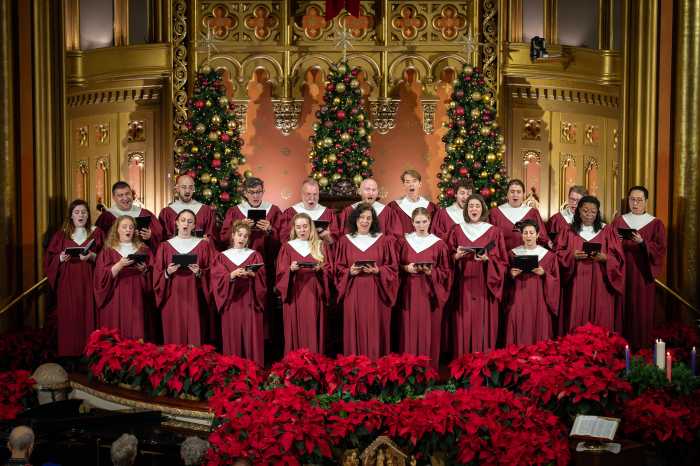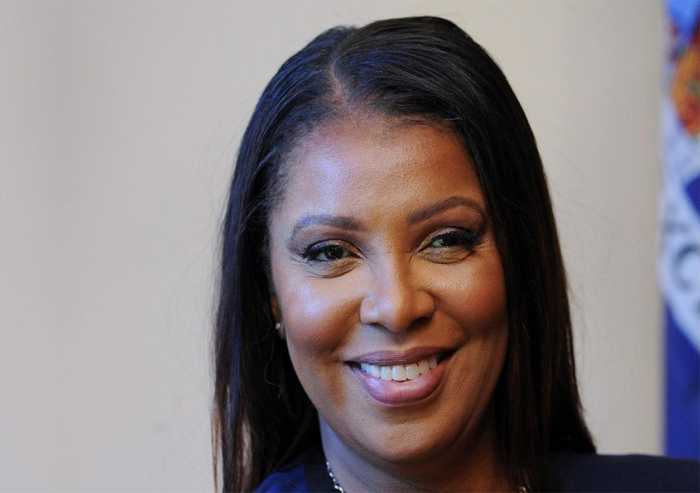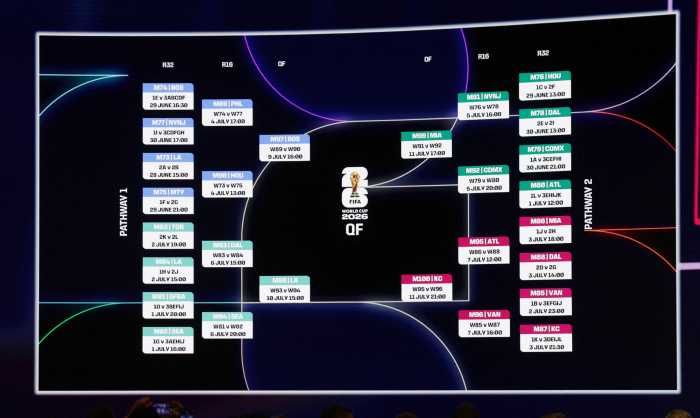It has ever been a mystery to me why the great Mexican artist and autodidact Miguel Covarrubias (1904-57) isn’t better known today. At his height — from the 1920s through the 1940s — he was as well known as any dauber, prominently featured in popular magazines of quality, a recognized media hero, and revered as one of this country’s and Mexico’s leading cultural figures. He not only created many works of art but was also a serious anthropological writer of books on subjects ranging from Bali to pre-Colombian Mexico to the Harlem Renaissance.
I have been enamored of this artist’s work from a childhood fascination with the 1930s, which, of course, led me to the greatest magazine of them all, the original run of Conde Nast’s Vanity Fair which ceased publication in 1936. On its striking covers and inside could be found Covarrubias’ dazzlingly virtuosic, brightly hued, supremely witty work. I had to wonder about this more vivid precursor to Al Hirschfeld (a self-admitted, devoted follower) who, with the swiftest, deftest strokes of brush or pencil, could limn the most accurate and hilarious — but always humane — of caricatures of the famous, especially in his “Impossible Interviews” series, featuring hilariously funny discourses between, say, Greta Garbo and Calvin Coolidge, Jean Harlow and Sigmund Freud, Sally Rand and Martha Graham, or Clark Gable and Edward, Duke of Wales, some of which are now on display as part of the permanent decor of Feinstein’s/ 54 Below. Then, in 1980, the memoir of that gorgeous Eurasian ballerina Sono Osato came out, with Covarrubias’ exquisite portrait of her on the cover, and that really sealed the deal.
The reasons for Covarrubias’ relative obscurity, compared to other Mexican artists like the ubiquitous Diego Rivera and Frida Kahlo, José Clemente Orozco, and David Alfaro Siqueiros, range from his being typecast as a “mere caricaturist” and having done very few actual paintings that still exist to his unique, wide-ranging polymath areas of interest, like map-making, which has led some hidebound critics to decry him as a less than serious artist. Thankfully, a spate of recent Covarrubias exhibits should restore his name and reputation to much-deserved public recognition.
“Miguel Covarrubias — a Retrospective” is currently running at Throckmorton Fine Art in New York, and the gallery describes it as featuring “a wide range of Covarrubias work that not only shows his power of synthesis — his ability to evoke the feeling, character and the movement of such a broad mix of subjects — but also reflects the far-flung interests and intellectual curiosity Covarrubias brought to his work.” This frankly dazzling show includes many pieces from the collection of Covarrubias’ official biographer, Adriana Williams, who says, “In his case drawing is an essential weapon of the intellect that allows for the assimilation of the complexities of current events, and also the paradoxes of history. Thus, we often find in some of Miguel Covarrubias’ drawings not only very thorough field research, but also humor and irony.”
Born in Mexico City, the son of civil engineer and Spanish aristocratic mother, he was an artistic prodigy who finished school at 14 and, largely self-taught, went to work for Mexican government ministries, producing illustrations for training manuals. Barely speaking English, he, like so many before and after, saw his destiny in New York City and moved there in 1924, age 19. The eminent, well-connected New York Times critic /photographer Carl Van Vechten, beneficent queer mentor to so many, introduced him to all the right people in that fervent era and, before long, the artist was toiling for Vanity Fair, Vogue, The New Yorker, Fortune, Harper’s Bazaar, and other impressive rags.
Simultaneously, Covarrubias had fallen in love with the Harlem scene, then in the midst of its glorious Renaissance, and his sketches of that nabe’s daily life and sizzling jazz club scene, compiled in a book, “Negro Drawings,” really helped to make his name, innovatively featuring, as they did, African Americans in an artistic spotlight. Highly attractive and popular, he befriended Langston Hughes, Zora Neale Hurston, and W.C Handy, while hanging downtown with the likes of Eugene O’Neill and photographer Nickolas Murray. His circle of friends would soon include practically every A-list name imaginable: Georgia O’Keefe, Orson Welles, Merce Cunningham, Luis Buñuel, John Huston, Amelia Earhart, Nelson Rockefeller, and Henri Cartier-Bresson.
His talent extended itself to many other fields, besides caricature, like theater design for such productions as “La Revue Nègre,” which made Josepine Baker a star, “Androcles and the Lion,” and a dance number for Rosa Rolando, whom he married in 1930, in the Garrick Gaieties’ “Rancho Mexicano.” After their honeymoon in Bali, Covarrubias, now a Guggenheim fellow and with a new-found passion for anthropology, produced the book “Island of Bali,” with photography by Rosa,.
The couple eventually returned to live in Mexico City, where their home became a social hub for friends from all around the world. He taught ethnology and was appointed artistic director at the National Palace of Fine Arts, where he created an Academy of Dance. Covarrubias was fascinated with the pre-Colombian art of Mesoameria, especially that of the Olmec culture, theorizing that it predated the Mayan, well before any of this was confirmed by archaeology.
Another highlight of his prodigious career was when he was invited to create a centerpiece for the 1939-1940 Golden Gate International Exposition in San Francisco, which resulted in a set of six murals entitled “Pageant of the Pacific” which were large-scale maps of various subjects like Fauna and Flora of the Pacific and Native Dwellings and Means of Transportation.
Having separated from Rosa, Covarrubias’s life came to an end with his untimely death in 1957, from septicemia blood poisoning, while he was working on the third volume of his important survey “Indian Art of Mexico and Central America.”
Having always gotten a vibe from his work as a gay man, I asked his biographer Williams about his sexuality and she responded, “I knew Rosa intimately the last 10 years of her life and spent time in their house… Miguel had many affairs, as did Rosa. He was happy with her until he became head of dance company and fell in love with a young [female] dancer, Rocío [Sagaón]. They had many gay friends in their circle of artists. When I was interviewing for the biography I asked the question [of his sexuality]. The answer was no. In fact, he was a womanizer and had little flirtations when visiting his friend, Nicholas Murray.”
Gallerist Pablo Goebel, who mounted the show “El Chamaco Covarrubias” last year in his Mexico City gallery, eloquently described Covarrubias as possessing “an assurance, a sensuous even melancholy desire to depict with character what he is viewing, seeing, recording. The direct synthesis of his characters and their environment is exceptional and delightful.”
MIGUEL COVARRUBIAS — A RETROSPECTIVE | Throckmorton Fine Art, 145 E. 57th St. | Through Feb. 23: Mon.-Fri: 10 a.m.-5p.m.; Sat, 11 a.m.-5 p.m. | throc














